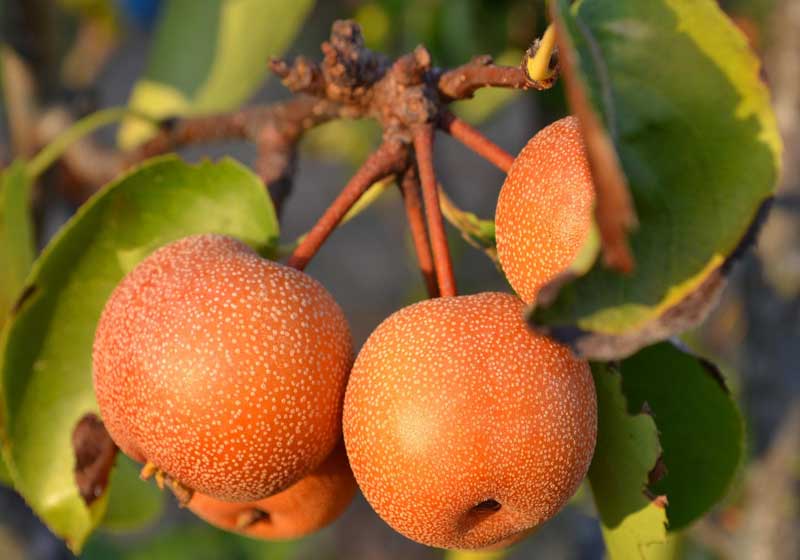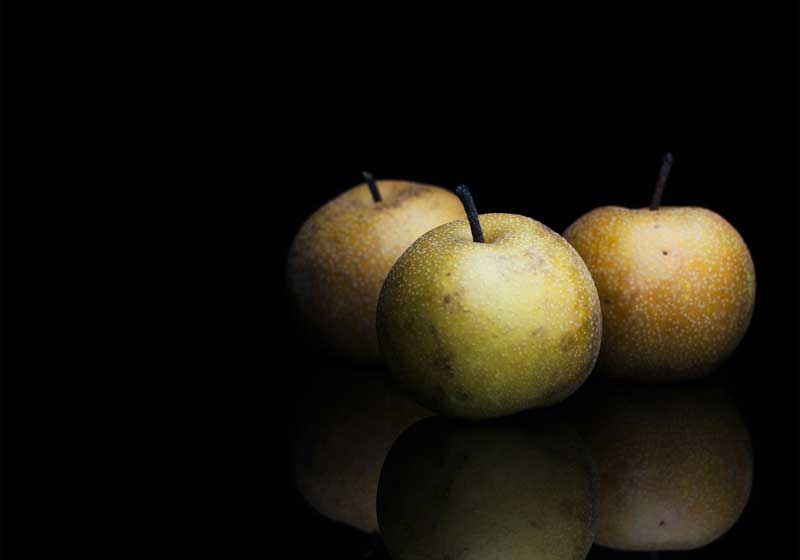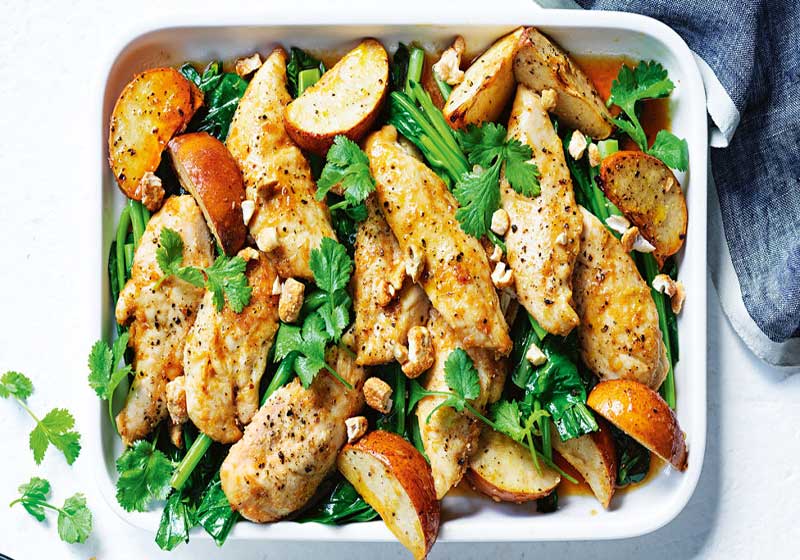Crisp, juicy and subtly sweet, the Nashi pear - also known as the Asian or apple pear - is a seasonal delight in Australian produce aisles. Beloved for its refreshing crunch and aromatic flesh, this fruit is a standout addition to both sweet and savoury dishes.
Grown predominantly in Victoria, New South Wales and South Australia, Nashi trees flourish in cool climates with plenty of sun. Farmers pick them ripe off the tree - unlike European pears, Nashi pears don’t ripen off the tree - so the fruit you see in-store is ready to eat.

What to Look for When Buying
When choosing Nashi pears, look for firm, unblemished skin that feels heavy for its size. Depending on the variety, the skin may be yellow, green or bronze and can range from smooth to slightly grainy in texture.
A light floral aroma is a good sign of ripeness. Avoid pears with soft spots, wrinkles or dull colouring - these are signs the fruit may be past its prime.
Storage Tips
Unlike traditional pears, Nashi pears are best kept in the fridge, where they stay crisp for up to two weeks. If you’ve bought a large batch, wrap each fruit individually in paper towel or store them in a breathable bag to reduce moisture loss and bruising.
They can also be left at room temperature for a day or two if you prefer a slightly softer bite, but refrigerating is ideal for maintaining their signature crunch.

Freezing and Preserving
While Nashi pears are best enjoyed fresh, they can be frozen for use in cooking or smoothies.
To freeze:
Peel and core the pears, then slice or dice them.
Dip the pieces in a mixture of water and lemon juice (to prevent browning).
Pat dry and place on a tray in a single layer to pre-freeze.
Transfer to airtight containers or zip-lock bags and store for up to 10 months.
Note: once thawed, the texture will be softer, so they’re best used in baked goods, compotes or purees.

Health Benefits
Nashi pears are a hydrating, low-calorie fruit rich in dietary fibre, making them excellent for digestion. They are a source of vitamin C, potassium and antioxidants, which support immunity, heart health and skin vitality. Their high water content also makes them an ideal snack for warm weather, contributing to hydration without added sugar.
Whether sliced into salads, poached in dessert, or eaten fresh out of hand, Nashi pears offer both versatility and nutrition. With their unique combination of crunch and sweetness, they’re a seasonal fruit worth celebrating.
Here are three recipes to get fresh and in-season Nashi pears into your cooking routine this week:

Traditionally served over rice, this beef bulgogi is spooned over tortillas in this tasty Korean-Mexican fusion recipe. Thinly sliced Nashi pears add crunch and texture that takes this weeknight dish to another level.

Keep it simple and tasty with this honey and lemongrass chicken. Served with roasted pear and crunchy cashews, it’s a delicious family meal.

This pear and blue cheese tart is perfect for a quick, meat-free main when entertaining. Topped with crunchy nuts, it will be a hit on any table.








